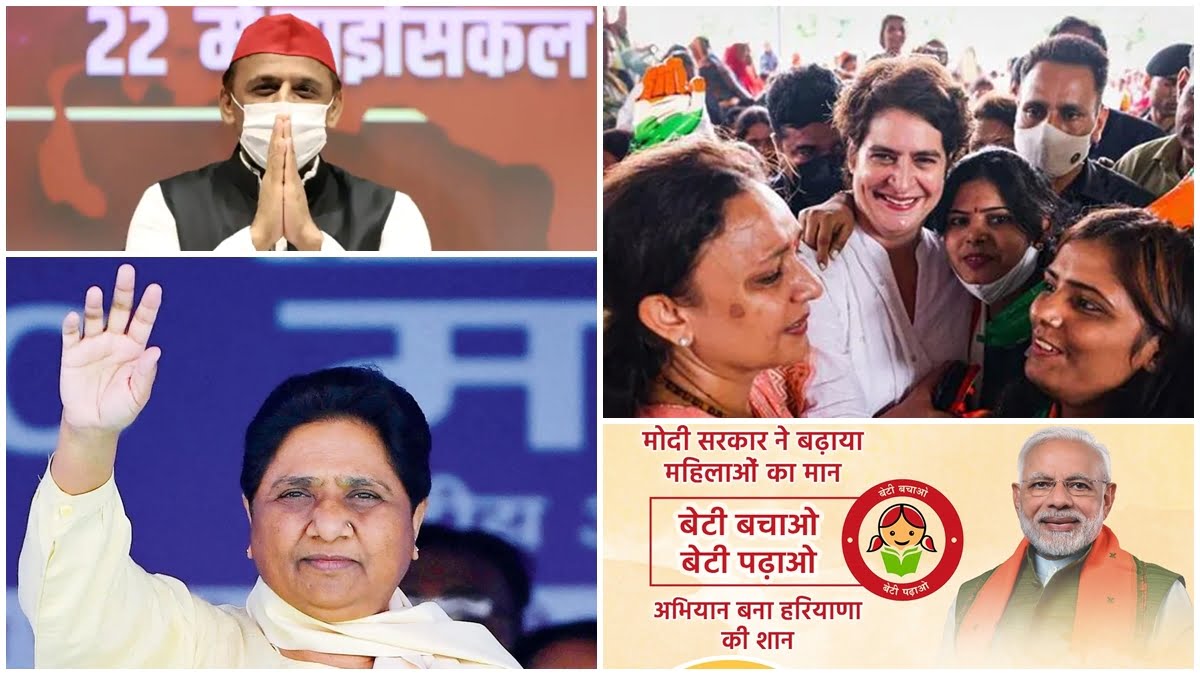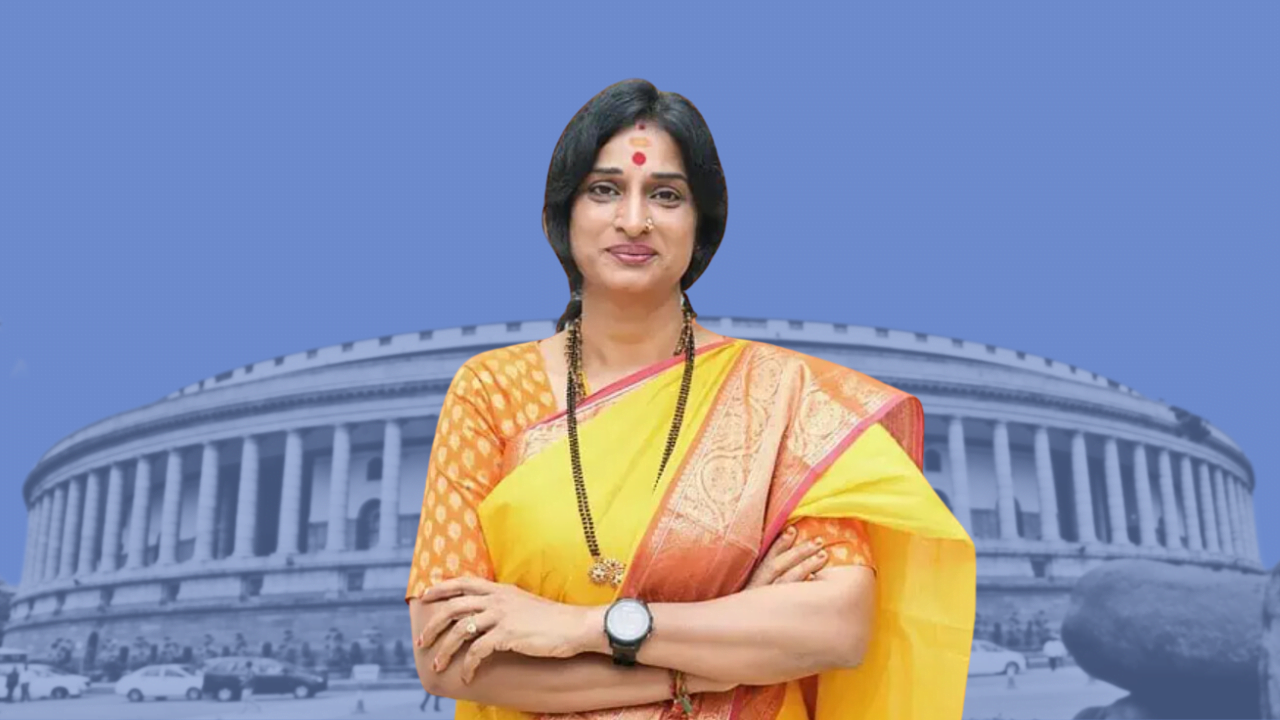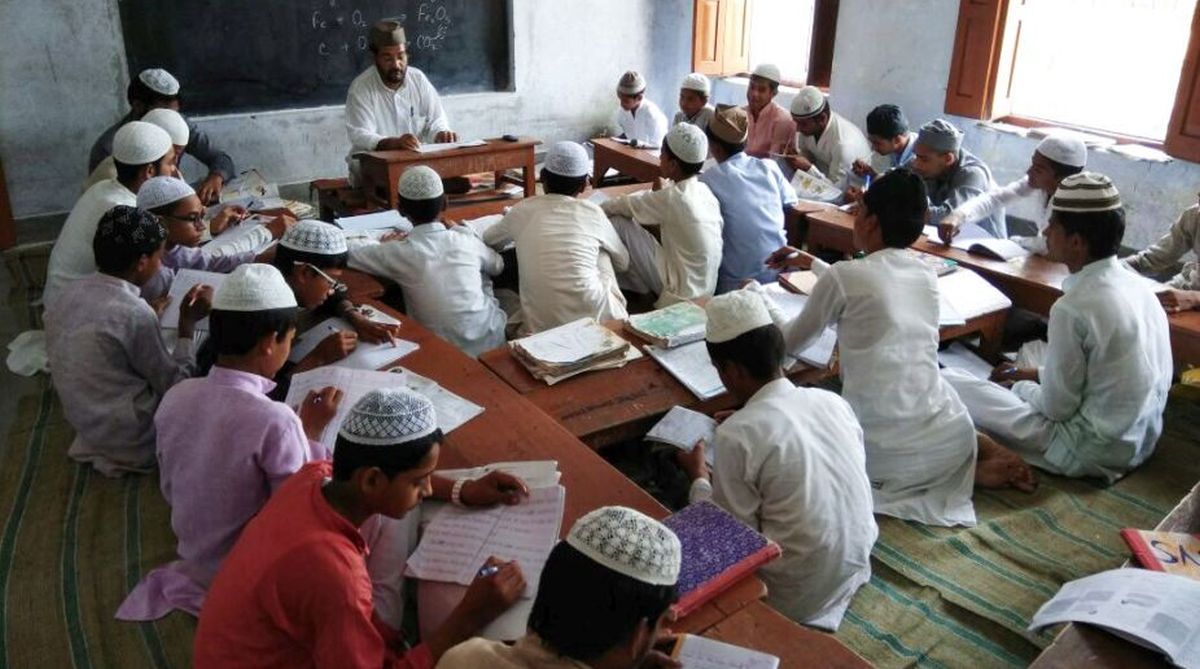Political parties are all set for the upcoming elections in the state of Uttar Pradesh. It is a very important demographic with 403 assembly seats. It has also become important to see the women representation among the leaders and the voters in the elections in this biggest state of India.
Uttar Pradesh is home to the India’s first female chief minister – Sucheta Kriplani (1963-67). She was also the labour and industries minister of UP, multiple-time member of parliament, and general secretary of congress. It, therefore, becomes interesting to see how far has this state come in women’s political presence?
While only 46.6% women voted in 1962 as compared to 63.3% male voters, female participation grew to 59.56% in 2019 in UP. The female participation increased to 19 points compared to 3.8 percentage points rise in male participation in the last 50 years. Female voters have clearly become an important part of the elections. Yet, women’s presence in the political parties haven’t increased that much.
While only 46.6% women voted in 1962 as compared to 63.3% male voters, female participation grew to 59.56% in 2019 in UP. The female participation increased to 19 points compared to 3.8 percentage points rise in male participation in the last 50 years. Female voters have clearly become an important part of the elections. Yet, women’s presence in the political parties haven’t increased that much.
As of 2017, 89.6% of MLAs in UP’s state assembly were men. 2017 was the first year to have over 10% of women MLAs in UP. Even though the percentage of women voters have increased a lot, women’s presence in the state assembly is still low.
Bhartiya Janta Party (BJP), which is popular for its Hindutva politics, has named 10 women in its first list of candidates. The BJP has released candidate names for 57 out of 58 seats for the first phase and 48 out of 55 seats for the second phase. The party has also announced an alliance with Nishad party and Apna Dal (Sonelal). Haidar Ali Khan (who was earlier with the Congress) has been declared as its candidate from the Suar assembly constituency.
Also read: Analysing Gender In UP Elections 2022: Pink-washing, Representation Or Misogyny?
The coalition of Akhilesh Yadav led Samajwadi Party (SP) and Jayant Chaudhury led Rashtriya Lok Dal (RLD) has also released the first list of candidates for the forthcoming polls. Out of the 29 seats released by the SP and RLD alliance, there is only one woman nominee named Babita Devi who is contending from the Baldev assembly constituency.
Bahujan Samaj Party (BSP) has also released its first list of candidates for the upcoming UP elections. The party has announced 53 out of 58 assembly seats. In this Mayawati-led BSP, only two seats have been given to women. The two women contenders include Poonam Garg from Modinagar and Razia Khan from Aligarh.
Going with its “women’s manifesto”, the Congress Party have given around 40% of seats to women in the first list of 125 candidates. This is the highest number of seats given to women by any political party in the UP elections this year. Priyanka Gandhi Vadra, the general secretary of the congress party, who is leading the campaign for Congress in UP, said that, “With this historic initiative, we hope to bring in a new kind of politics in the state”.

Some of the Congress’ women candidates include Poonam Pandey, an ASHA from Shahjahanpur who led an agitation for a raise in honorarium and Asha Singh, who is the mother of the Unnao rape survivor. Moreover, Ritu Singh, a former Samajwadi Party worker who was stopped from filing nomination in July 2021 allegedly by the BJP workers, is also a Congress candidate from Mohammadi seat of Lakhimpur Kheri.
Sadaf Jafar, the activist who was jailed for protesting against the draconian Citizen Amendment Act (CAA), is also a Congress party spokeswoman from UP. Women’s electoral presence in the Congress party has notably increased in this year’s state assembly elections, compared to just having nominated 10.4% women candidates in 2017 UP election.

While descriptive representation does not necessarily leads to substantive representation, it’s nevertheless important to take steps that can increase women’s participation in male-dominated field of politics. Only the election results can determine whether the women’s manifesto will provide the much-needed win to the Congress party or not, but the initiative to include more women in candidates list is highly applaudable.
A lot of the political parties often refrain from giving seats to women candidates as they still aren’t confident if those seats can translate into wins. Having women in top leadership positions in the political parties have also not had a major impact on the percentage of seats allotted to women.
The BSP has been led by Mayawati, a woman leader, for years but this factor hasn’t really resulted in an increase of seats for women. Similarly, the strong positions of Nirmala Sitharaman, Minister of Finance and Corporate Affairs of India and Smriti Irani, Minister of Women and Child Development also have not necessarily translated into equitable participation for women in political processes.

Also read: How NITI Aayog Poverty Index Holds The Mirror To BJP’s Development Claims In Uttar Pradesh
Though there is 33.3% reservation for women in India’s Panchayati Raj Institutions as per the 73rd Constitutional Amendment Act, there is still no reserved seats for women in the lower house of the parliament, Lok Sabha, and in all the state legislative assemblies. Reserving more seats for women by political parties can play a major role in enhancing women’s equitable political representation and therefore, increasing the chances of holistic empowerment of women. Not only could it encourage more women to join politics, it will make politics more accessible for women as a vocation. However, mere representation without affirmative action and positive discrimination to ensure representation of women from historically marginalised communities, might not yield the results we are hoping for.
Though there is 33.3% reservation for women in India’s Panchayati Raj Institutions as per the 73rd Constitutional Amendment Act, there is still no reserved seats for women in the lower house of the parliament, Lok Sabha, and in all the state legislative assemblies. Reserving more seats for women by political parties can play a major role in enhancing women’s equitable political representation and therefore, increasing the chances of holistic empowerment of women. Not only could it encourage more women to join politics, it will make politics more accessible for women as a vocation. However, mere representation without affirmative action and positive discrimination to ensure representation of women from historically marginalised communities, might not yield the results we are hoping for.
Uttar Pradesh elections are scheduled to be held in seven phases from 10 February to 10 March this year to elect 403 MLAs. The first phase of elections will be held on February 10, followed by other phases on February 10, 14, 20, 23, 27, and March 3 and 7. The votes will be counted on March 10.




